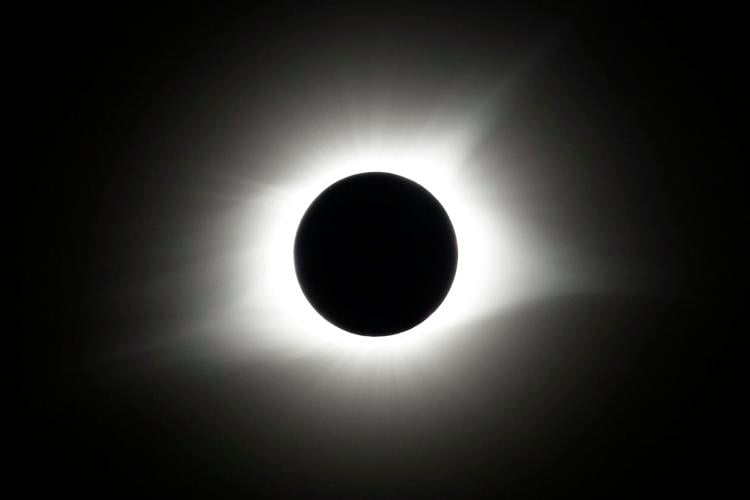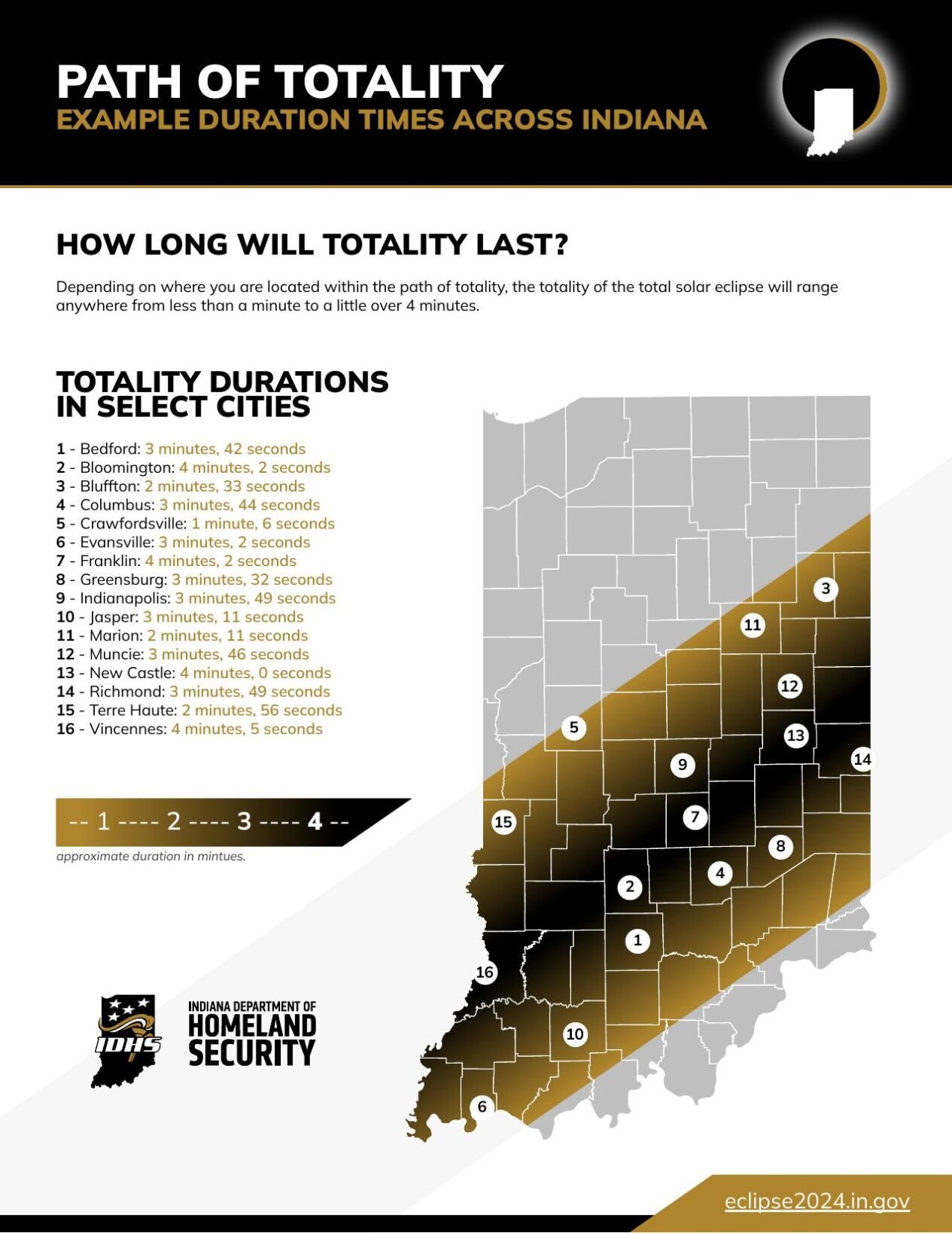SEYMOUR, Ind. (WDRB) -- The sky will go dark April 8 across a large section of the United States, and Seymour leaders are preparing for tens of thousands of people to take in the solar eclipse in southern Indiana.
The city has five free viewing sites for people to get the best glimpse of the phenomenon, all away from city lights, structures and trees.
"This is going to be spectacular because we are in that path of totality," said January Rutherford, a spokesperson for the city of Seymour. "We thought it is a great way to get people who are very interested in this together. So you get to watch it with people who are just as excited as you are."

An open field at Freeman Municipal Airport will be used as a viewing spot for the 2024 solar eclipse. Nov. 15, 2023. (WDRB Photo)
The five locations are at Kasting Park, Shields Park, Crossroads Park and two locations at the Freeman Municipal Airport. Planning for the event has been underway for a year. To see a map of where to park on the day of the eclipse and view it in Seymour, click here.
"One of our main aspects was actually bringing people out to the airport — not only under their safety regulations because the airport will be open — but also the ability to have people in a big gathering enjoying the event altogether," said Colin Smith, director of the airport.
The eclipse will start in the Pacific on April 8 and first reach land over Mexico around 11:07 a.m. local time, NASA predicts. Then, it’ll cross over into Texas and move across parts of the Midwest and Northeast in the afternoon.
That line of totality runs from southwest to northeast, following a line including these cities:
- Dallas, Texas
- Little Rock, Arkansas
- Paducah, Kentucky
- Evansville, Indiana
- Cleveland, Ohio
- Erie, Pennsylvania
- Buffalo, New York
- Burlington, Vermont
A total eclipse will be visible within a 115-mile wide swath — the path of totality. Outside that path, you can still see a partial solar eclipse, where the moon takes a bite out of the sun and turns it into a crescent shape.
It's been less than six years since a total solar eclipse cut across the U.S., from coast to coast, a path that included a large portion of western and south-central Kentucky. Next year, a large section of Indiana will be at or near totality, an area that includes locations in southern Indiana like Jasper, Paoli and Seymour.
Louisville, by contrast, will see 99.3%.
Total eclipses happen about every 18 months, but a lot of times they cross over remote areas where few people see them. If you miss next year’s spectacle, you’ll have to wait 20 years until the next one hits the U.S. But that total eclipse will only be visible in Montana and the Dakotas.
To catch the rare spectacle, Seymour is expecting a huge turnout. City leaders are expecting so many, in fact, that they're working to get more remote cell towers brought in to increase connectivity.
More than 60,000 people are expected at official viewing locations across Seymour, a city of 21,500 people. Hotels still have rooms available, but some are charging nearly $1,000 a night. The city even throwing an eclipse celebration downtown the day before, complete with live music and food and craft vendors. The event will also be educational, a way to learn about the solar system.
"Some of our schools are helping us out," Rutherford said. "Some of our science teachers are going to be bringing telescopes from the school that people can actually see the sun in a way you have never been able to see it before."
For much of the Louisville and southern Indiana area, the eclipse will start around 1:45 p.m. and will be at its max just after 3 p.m. The city of Seymour launched a new website — SeymourEclipse.com — to help visitors and residents know where to go for the best glimpse as possible.
"We thought 'Why not do something big to welcome those people and also to give our residents a way to really remember it?'" Rutherford said.
To learn more about the eclipse in Indiana, click here.
Related Stories:
- Indiana DNR preparing for total solar eclipse in April 2024
- One Year Away From the 2024 Solar Eclipse
Copyright 2023 WDRB Media. The Associated Press contributed to this report. All Rights Reserved.















